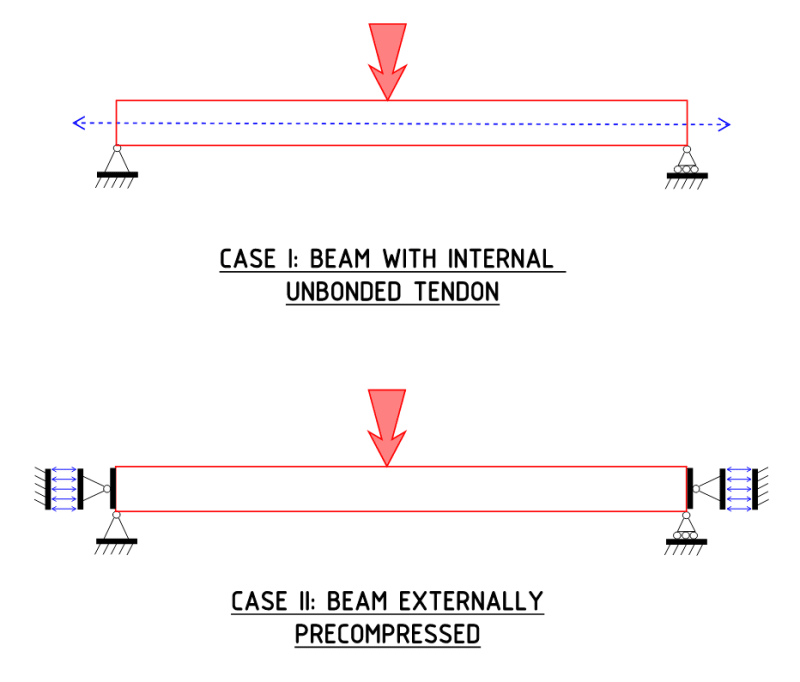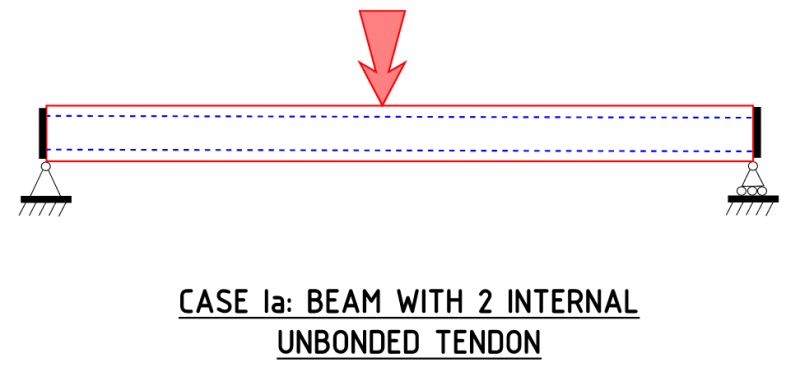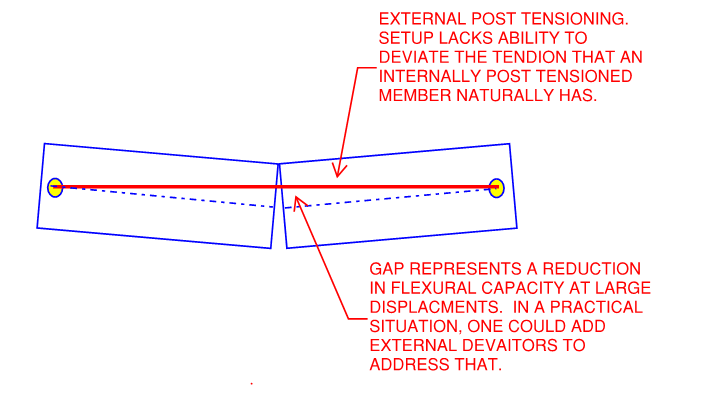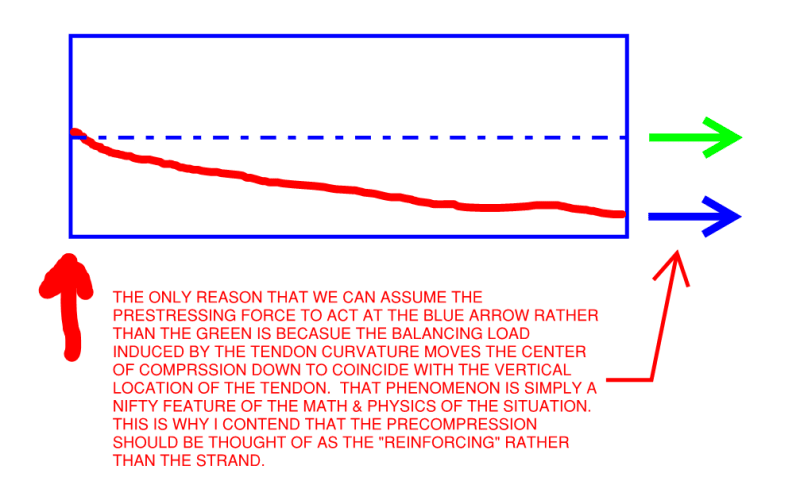structSU10
Structural
- Mar 3, 2011
- 1,062
I am investigating a PT garage that has some failed tendons throughout. I have been getting a handle on the amount of PT loss that is still acceptable to performance of the PT slabs on the basis of minimum effective post tensioning force to meet service and strength requirements. The one thing I am not sure on is how to determine the effective width where losing tendons becomes an issue locally.
For example if the floor had 15 kip/ft effective post tensioning as designed and can safely perform with only 10 kip/ft, and tendons are spaced at about 2' on center and I have lost 3 tendons near each other but the remainder across a width are enough to provide the 10 kip/ft required, what is a reasonable criteria for a zone of a few tendons close to each other that may be broken? My thought is Poisson effect makes the overall compression spread pretty well across the width of the slab past a couple feet from the edge so perhaps the compression stresses can be assumed uniform but the reinforcement provided by PT is investigated locally? I could check a zone thats 4-6 times the slab span for the reinforcing present to check for adequacy. Does this sound like a reasonable approach or are there better methods?
For example if the floor had 15 kip/ft effective post tensioning as designed and can safely perform with only 10 kip/ft, and tendons are spaced at about 2' on center and I have lost 3 tendons near each other but the remainder across a width are enough to provide the 10 kip/ft required, what is a reasonable criteria for a zone of a few tendons close to each other that may be broken? My thought is Poisson effect makes the overall compression spread pretty well across the width of the slab past a couple feet from the edge so perhaps the compression stresses can be assumed uniform but the reinforcement provided by PT is investigated locally? I could check a zone thats 4-6 times the slab span for the reinforcing present to check for adequacy. Does this sound like a reasonable approach or are there better methods?






